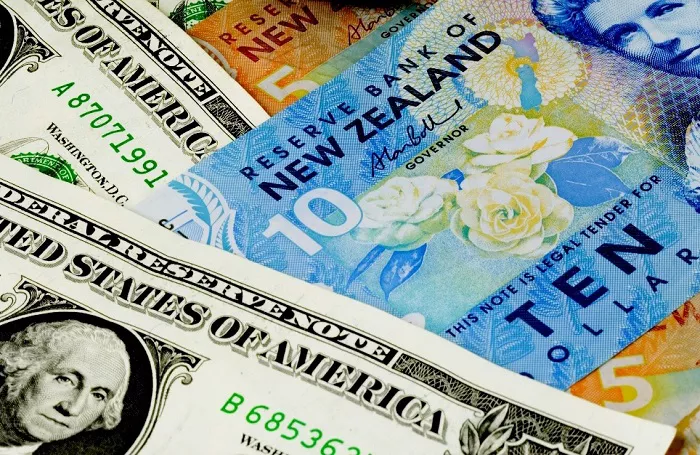In Wednesday’s Asian trading session, the NZD/USD currency pair continued its upward climb for the second consecutive day, reaching a fresh weekly peak in the 0.5720 – 0.5725 range. This upward movement was driven by a confluence of factors that provided significant support to the New Zealand dollar against the US dollar.
Positive sentiment in global equity markets, particularly buoyed by optimism surrounding China’s economic prospects, played a crucial role in lifting the NZD/USD pair. On Tuesday, data revealed that China’s manufacturing activity had expanded at its fastest pace in a year during March. This followed China’s better – than – expected official Purchasing Managers’ Index (PMI) figures released on Monday and recent economic stimulus measures aimed at bolstering its economic recovery. These developments, combined with subdued price action in the US dollar, created a favorable environment for the New Zealand dollar.
Investor expectations regarding the future of US monetary policy also contributed to the NZD/USD’s rise. There is a growing belief among market participants that potential tariff – induced slowdown in the US economy could prompt the Federal Reserve (Fed) to resume its rate – cutting cycle. As a result, investors are pricing in the possibility of 80 basis points worth of rate cuts by the end of 2025. Additionally, the relatively stable performance of Asian equity markets reduced the appeal of the US dollar as a safe – haven asset, further weakening its position against the New Zealand dollar.
However, despite these positive factors, there are several elements capping the pair’s potential for further upside. Traders remain cautious ahead of US President Donald Trump’s planned announcement of reciprocal tariffs on Wednesday. Given New Zealand’s heavy reliance on exports, the prospect of new trade barriers could have a significant impact on its economy. This uncertainty has led many investors to hold back from making aggressive bullish bets on the NZD/USD pair.
Moreover, expectations that the Reserve Bank of New Zealand (RBNZ) will lower borrowing costs at least twice by the end of the year also limit the pair’s upward movement. This anticipation of future rate cuts in New Zealand makes the New Zealand dollar less attractive in terms of yield compared to other currencies. Adding to the cautious sentiment, the breakdown of a one – week trading range on Monday serves as a reminder of the market’s volatility and the need for prudence before positioning for additional gains.
Market watchers are now eagerly awaiting the release of the US ADP report on private – sector employment during the early North American session. This data is expected to provide some short – term impetus to the market. However, the spotlight will firmly remain on Trump’s reciprocal tariffs announcement, as it has the potential to reshape market dynamics and significantly impact the NZD/USD pair’s future trajectory.
Related Topics:
NZD/USD Climbs Towards 0.5750 on the Back of a Weakening US Dollar
NZD/USD Continues Ascent Amid Heightened Market Optimism
NZD/USD Stagnates in Mid-0.5700s Amid Modestly Strong US Dollar


